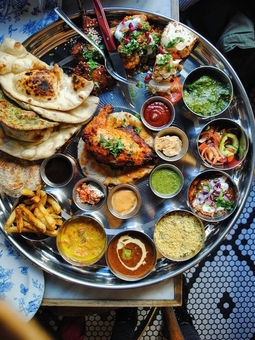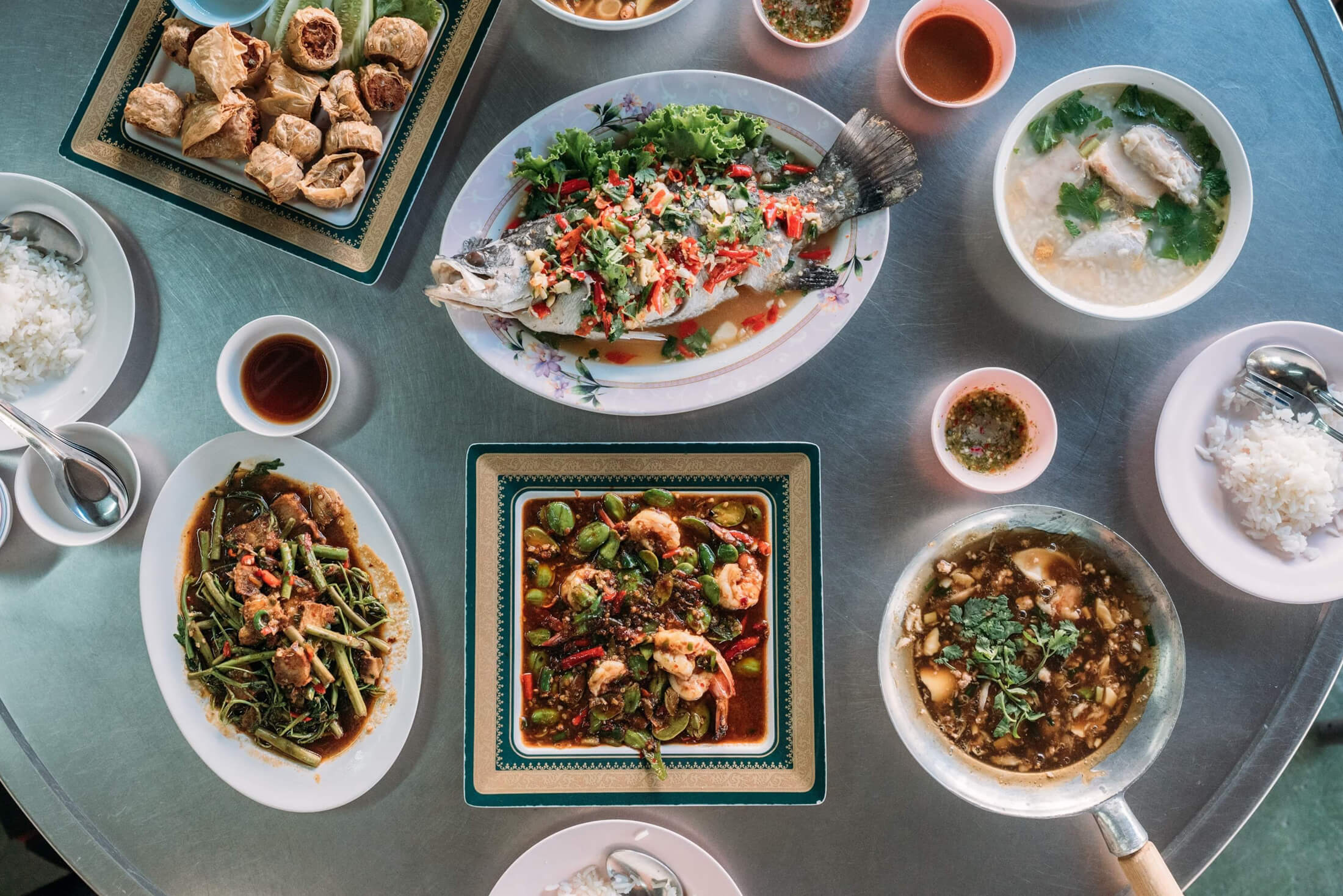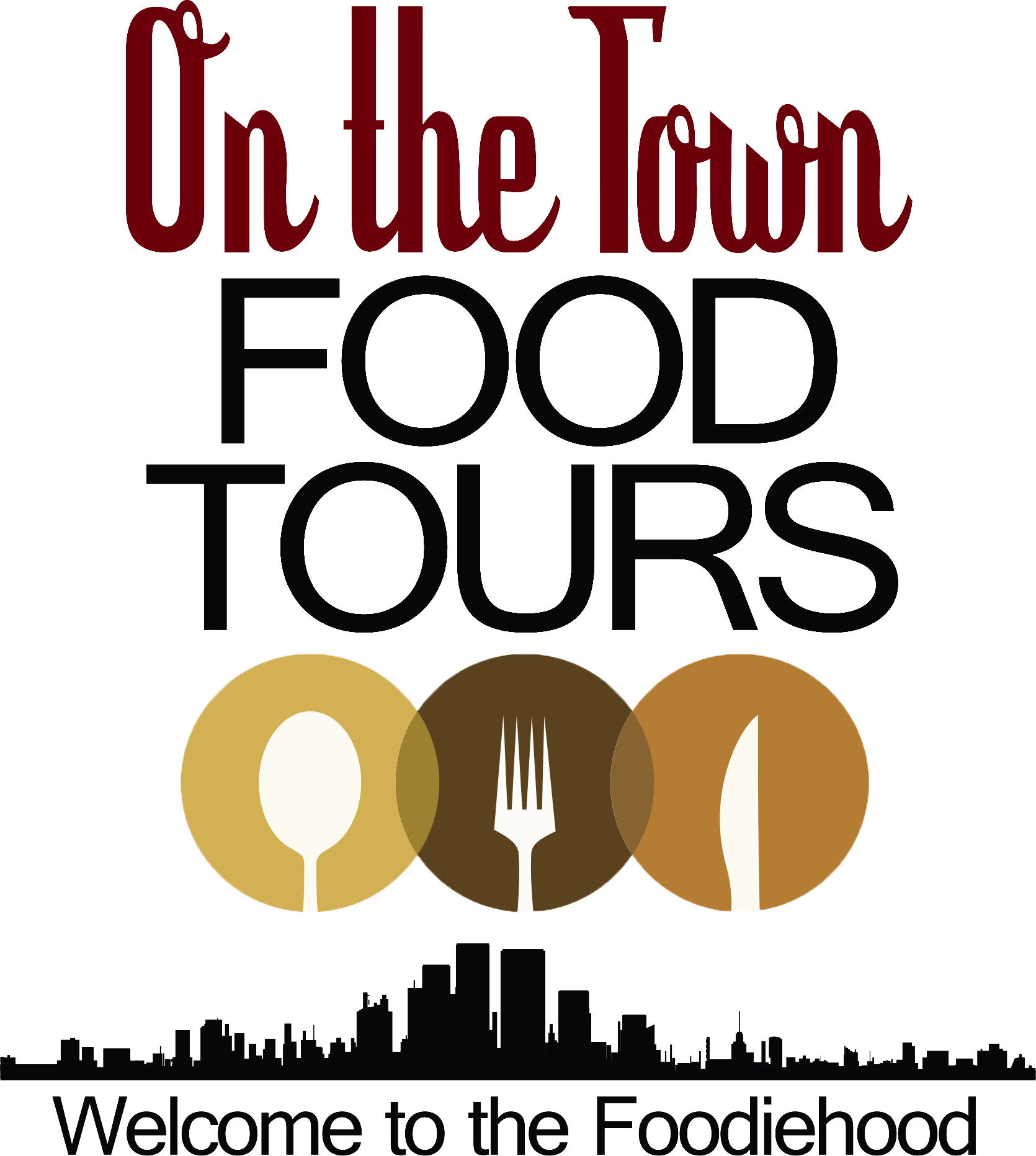Hanoi Food Tour: Discover the most effective Road Foods and Regional Specials
Wiki Article
Hanoi Food Tours: Journey Through Taste and Culture
Hanoi Food Tours provide a special possibility to engage with the city's culinary heritage, offering participants a possibility to experience not only the diverse flavors yet likewise the cultural narratives that accompany each dish. As one navigates with the roads of Hanoi, an expedition of the social relevance behind famous recipes awaits, prompting one to consider just how these tastes form the identification of this lively city.Culinary Emphasizes of Hanoi
Although Hanoi is renowned for its abundant history and vivid society, its cooking scene is just as engaging, using a varied array of tastes and recipes that show the city's distinct heritage. Central to Hanoi's food is the legendary Pho, an aromatic noodle soup usually made with beef or hen, matched by an aromatic brew infused with spices like celebrity anise and cinnamon. One more staple is Bun Cha, which features smoked pork patties offered with vermicelli noodles and a zesty dipping sauce, epitomizing the harmonious equilibrium of wonderful, salty, and sour tastes.Road food plays a considerable role in the cooking landscape, with vendors offering delicacies such as Banh Mi, a Vietnamese sandwich loaded with meats, fresh veggies, and tangy condiments. Furthermore, the conventional recipe of Cha Ca, marinaded fish sautéed with turmeric and dill, uses a special taste of regional components and cooking strategies.

Popular Food Trip Options
Discovering Hanoi's culinary landscape with food tours uses an immersive experience that showcases the city's varied flavors and culinary practices (hanoi food tour). Among the most preferred options are street food excursions, which guide participants with concealed alleyways and bustling markets, sampling renowned meals like pho, banh mi, and bun cha. These scenic tours typically consist of communications with neighborhood vendors, offering insights right into the prep work of each recipeAn additional favored choice is a cooking class integrated with a market browse through. Individuals initially explore local markets to select fresh components before returning to a cooking college or local home to discover traditional cooking strategies. This hands-on experience not only grows recognition for Vietnamese cuisine yet likewise outfits tourists with skills to recreate recipes back home.
For those seeking an unique point of view, motorcycle food trips use an electrifying way to navigate the city while tasting an array of road foods in various districts. In addition, specialized scenic tours concentrating on vegan or vegan food deal with dietary choices, guaranteeing inclusivity. Each trip offers a distinctive chance to engage with Hanoi's lively food scene, making them an important component of any type of cooking journey in the city.
Social Significance of Neighborhood Recipes
The cultural value of regional recipes in Hanoi prolongs much beyond plain nourishment; it shows the city's abundant history and diverse impacts. Each meal works as a narrative, informing tales of the different areas that have formed the culinary landscape of this vivid city. The precious Pho, a fragrant noodle soup, symbolizes the melding of Vietnamese active ingredients with French cooking strategies introduced throughout colonial rule.Furthermore, local recipes commonly symbolize socio-economic conditions and regional specialties, showcasing the farming bounty of the bordering areas. Street food, such as Banh Mi and Bun Cha, is not just a testimony to the ingenuity of neighborhood suppliers however additionally an event of common dining culture, where food ends up being a tool for social communication.
In addition, conventional foods are usually linked with rituals and festivals, marking vital life events and common celebrations. The prep work and sharing of these dishes promote a feeling of belonging and continuity within the area. Ultimately, the food of Hanoi serves not simply to nourish the body, however to link individuals with their heritage, making every dish a social experience soaked in background and value.
Tips for an Authentic Experience
A genuine food experience in Hanoi calls for even more than simply tasting widely known recipes; it entails engaging oneself in the neighborhood culture and taking on the techniques of the homeowners. Begin by engaging with regional suppliers at street markets, where you can observe the prep work of traditional dishes and connect with the cooks. This not just improves your understanding of the food however likewise promotes connections with the area.One more idea is to welcome the neighborhood dining rules. Lots of Vietnamese meals are enjoyed family-style, so do not wait to share meals. Additionally, make use of chopsticks appropriately, as this suggests respect for the culinary tradition.

Exploring Covert Food Gems
Hanoi is home to countless hidden food gems that use a distinct preference of regional cooking traditions. Nestled within bustling streets and enchanting alleyways, these eateries offer recipes that mirror the abundant social tapestry of the city. One such gem is "Bánh Cuốn," a fragile rice noodle meal typically full of diced pork and mushrooms, generally enjoyed with a side of tasty dipping sauce.An additional must-try is "Phở Bò," discovered in tiny, family-run dining establishments where dishes have been given with generations. The aromatic brew and tender beef exhibit Hanoi's mastery in stabilizing tastes.
Discovering these neighborhood a knockout post favorites typically leads to unanticipated culinary thrills, like "Chả Cá," a grilled fish meal marinated in turmeric and dill, offered with vermicelli noodles and peanuts.

Final Thought
Finally, Hanoi Food Tours supply an enriching experience that goes beyond plain eating, welcoming individuals to involve deeply with the city's cooking heritage. The varied choices offered, from street food explorations to immersive cooking classes, facilitate an extensive understanding of neighborhood More Help tastes and customs. By prioritizing authentic interactions with suppliers and discovering lesser-known dining establishments, people can completely appreciate the cultural significance of Hanoi's food, inevitably cultivating a greater recognition for the city's dynamic gastronomic landscape.Hanoi Food Tours offer a distinct opportunity to involve with the city's cooking heritage, offering participants a chance to experience not just the varied flavors yet additionally the cultural narratives that come with each meal.Checking out Hanoi's culinary landscape via food excursions provides an immersive experience that showcases the city's culinary traditions and varied flavors. hanoi food tour.For those looking for a special point of view, motorcycle food excursions provide an exhilarating means to navigate the city while tasting go to my site a variety of road foods in different districts.A genuine food experience in Hanoi requires even more than simply tasting well-known recipes; it includes involving oneself in the regional society and embracing the techniques of the citizens.Hanoi is home to countless concealed food gems that use an unique preference of local cooking practices
Report this wiki page